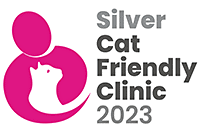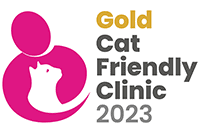At Shires Vets Equine we have a range of fully mobile, advanced diagnostic equipment.
Ultrasound
Ultrasound is used to scan soft tissues, such as tendons, to look for any abnormalities. Commonly used to scan the horse's limbs in cases of lameness, the ultrasound scanner is becoming increasingly important when examining the thorax and abdomen when diagnosing cases of colic, diarrhoea and pneumonia, all of which the vets at Shires may recommend based on individual case requirements.
X-ray
Radiography (x-ray) is a diagnostic tool used to examine the skeletal system of a horse. While obviously important in cases of lameness, any case where there is suspected bony change may prompt your vet to recommend x-ray as a tool for diagnosis. Our digital DR X-ray unit is fully mobile and will take and develop x-rays on yard. This allows us to evaluate the image with you present and discuss the implications with no wait.
Endoscopy (flexible camera and light source)
Endoscopy enables us to directly view the upper respiratory tract (nostril to larynx) of your horse and, if necessary, part of the way down the trachea (wind pipe). Endoscopy is used in the diagnosis and treatment strangles, upper respiratory conditions such as a “roaring” and to confirm the diagnosis of RAO (heaves).
Gastroscopy
During gastroscopy, an endoscope is passed directly up your horse's nose, down into the horse’s stomach to inspect it for the presence of gastric ulcers. Gastric ulcers are a common condition which are brought on by stress or incorrect feeding. Presenting signs of ulcers include weight loss, poor performance, abnormal behaviour such as wind sucking and irritability, reduced appetite and colic. At Shires Vets Equine, we have our own gastroscopy, which is fully portable.
Laboratory
At Shires Vets Equine, we have our own in-house laboratory where we can run routine blood samples, carry out faecal egg counts and test foals to ensure sufficient colostrum consumption. Having our own lab enables a rapid turnaround of samples for prompt disease diagnosis.





